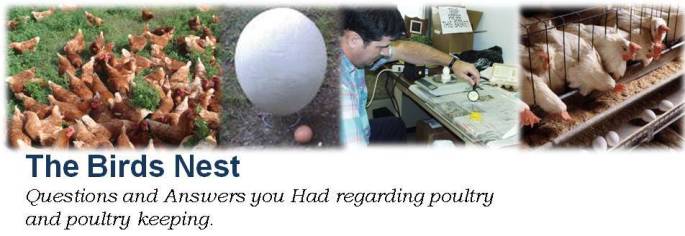 |
| Source: USDA NASS |
Why it is important to Participate in Ag Census every time !
Every five years the USDA National Agricultural Statistics Service conducts a national census of agriculture. Every farmer I meet at times feels that this is an imposition and sees this as an intrusion. At the same time they will use farming trends seen in census data for their farming operations and use the data to help with local governments they communicate with.
Census data collected helps us understand the changing landscape of agriculture over time. Some of these measures are hard to extrapolate without conducting the census. Many of those in government at all levels rely on census data from both agriculture and other industries when they consider appropriations for the farm bill, and other local issues. It is important then for all farms to participate and be counted so that an accurate picture of the current state of agriculture can be made. For more information on the Ag census go to the USDA website.
http://www.agcensus.usda.gov/



